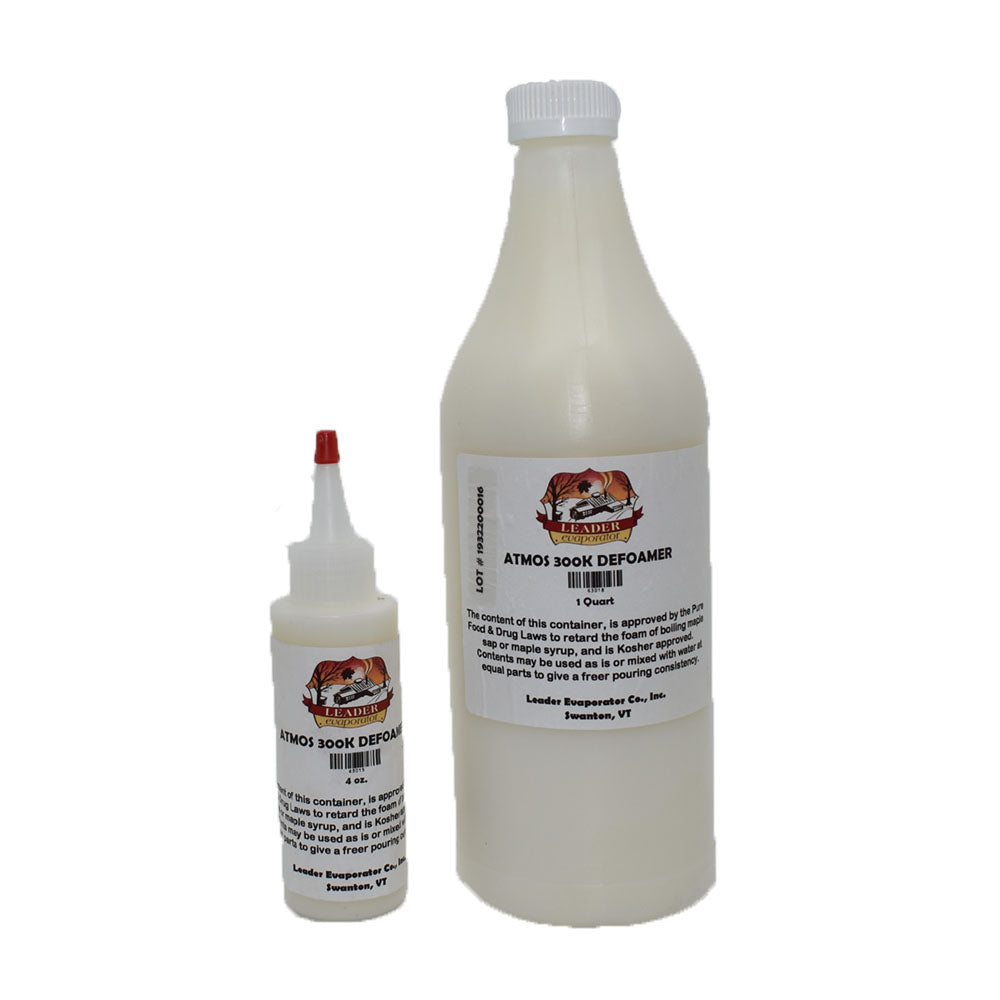How Defoamers Improve Product Quality and Reduce Waste in Production
Choosing the Right Defoamer for Your Particular Application Needs
Choosing the ideal defoamer for specific application requirements is a nuanced procedure that demands careful factor to consider of multiple elements, such as the foam medium, operating, and kind problems. Understanding the subtleties of defoamer efficiency-- including speed and persistence-- while additionally accounting for environmental and governing variables is essential.
Understanding Foam Development
Foam development takes place when gas is entraped within a fluid, producing a secure framework of bubbles. This sensation can considerably impact numerous industrial procedures, particularly in sectors such as food manufacturing, drugs, and wastewater treatment. The visibility of foam can hinder mixing, minimize product quality, and also bring about operational inefficiencies.
Foam typically develops due to a mix of factors, consisting of surface-active representatives, frustration, and the features of the liquid stage. Surfactants reduced the surface tension of the liquid, assisting in the development of bubbles that can maintain and integrate. Agitation, whether from mechanical stirring or gas intro, boosts bubble development, leading to raised foam quantity.
Comprehending the technicians of foam development is crucial for sectors intending to maximize their processes. By identifying the certain problems that advertise foam generation, organizations can execute approaches to mitigate its results.
Sorts Of Defoamers Available
Various kinds of defoamers are readily available to resolve the difficulties postured by foam in commercial applications. defoamers. Generally categorized, defoamers fall under 3 groups: silicone-based, non-silicone-based, and natural defoamers
Silicone-based defoamers are renowned for their effectiveness and security across a vast array of temperature levels and pH degrees. They are usually made use of in applications where solid foam reductions is necessary, such as in paints, layers, and adhesives. Their low surface stress permits fast foam collapse.
Non-silicone-based defoamers, usually made from organic compounds, provide an option for applications delicate to silicone residues. These defoamers can be additional separated right into polyether and ester types, each customized to satisfy particular formulation demands. Non-silicone defoamers are frequently made use of in food handling and individual treatment products because of their compatibility with various formulations.
All-natural defoamers, originated from plant or animal resources, are getting traction because of their eco-friendly profile. These items are specifically appealing in applications where regulative compliance and sustainability are extremely important, such as in agrochemicals and biotechnology.
Choosing the right kind of defoamer is essential for optimizing performance and ensuring compatibility with details applications.
Key Application Factors To Consider
When picking a defoamer, it is important to take into consideration the details application needs to ensure optimum performance. defoamers. Various industries have distinctive requirements, such as food handling, pharmaceuticals, or wastewater therapy, and each application may require distinct defoaming homes
Key aspects to evaluate include the tool in which the defoamer will certainly be utilized, whether it is water-based, oil-based, or a mix thereof. The temperature my explanation level and pH degrees of the application can likewise considerably affect the performance of a defoamer. In addition, compatibility with various other chemicals existing in the system is critical to stop adverse responses that could link jeopardize efficiency.
Another important factor to consider is the foaming behavior of the certain system. Comprehending whether the foam forms swiftly or gradually can assist the choice of a defoamer that targets the origin efficiently. Additionally, the preferred speed of defoaming can affect the choice, as some applications call for quick activity while others might tolerate slower defoaming processes.
Last but not least, regulatory and ecological factors to consider need to not be overlooked, particularly in industries with rigorous compliance demands. Selecting a defoamer that aligns with these variables guarantees both performance and safety and security in the application.

Performance Testing Approaches
Assessing the performance of a defoamer needs a methodical strategy to screening that precisely measures its effectiveness in specific applications. Different performance testing methods can be used to establish the optimal defoamer for a given solution.
One typical method is the bubble examination, which evaluates the defoamer's ability to decrease foam volume over time. This test involves creating a stable foam and then adding the defoamer to observe the rate of foam collapse.

Inevitably, picking the appropriate efficiency screening approach depends upon the particular application and the sort of foam being attended to. Each approach offers important information that can assist formulation changes and boost the performance of the defoamer in useful applications.
Best Practices for Selection


Next, think about the defoamer's efficiency in you can try these out regards to speed of action and persistence. A quick-acting defoamer might be essential for processes where fast foam reductions is critical, while a much more persistent formulation might be required for long term foam control. In addition, assess the environmental influence of the defoamer, including its biodegradability and any kind of governing conformity requirements.
Conduct trials with selected defoamers to determine their efficiency in real-world problems. This step is vital to confirm that the picked product fulfills performance assumptions. Seek advice from with producers or vendors for technical assistance and support, as they can offer valuable insights into product solutions and application methods. By adhering to these finest methods, you can improve foam control performance and ensure the long life of your procedures.
Conclusion
In recap, choosing the proper defoamer necessitates a comprehensive examination of different elements, consisting of foam type, tool, operating conditions, and ecological considerations. Comprehending the special features of foam development and the available defoamer options is crucial. Additionally, utilizing reliable efficiency screening methods and adhering to best practices throughout the choice procedure will certainly enhance the likelihood of attaining optimal defoaming results. Ultimately, a well-informed option strategy will address particular application needs and mitigate foaming difficulties efficiently.
Choosing the suitable defoamer for certain application demands is a nuanced process that requires mindful factor to consider of multiple variables, such as the foam kind, tool, and operating conditions.Choosing the best defoamer is vital for attaining optimum efficiency in foam control applications. A quick-acting defoamer might be essential for procedures where rapid foam suppression is vital, while a much more relentless solution could be required for long term foam control.In recap, picking the ideal defoamer necessitates a thorough analysis of different elements, including foam kind, medium, operating conditions, and ecological factors to consider. Comprehending the distinct characteristics of foam development and the offered defoamer options is crucial.